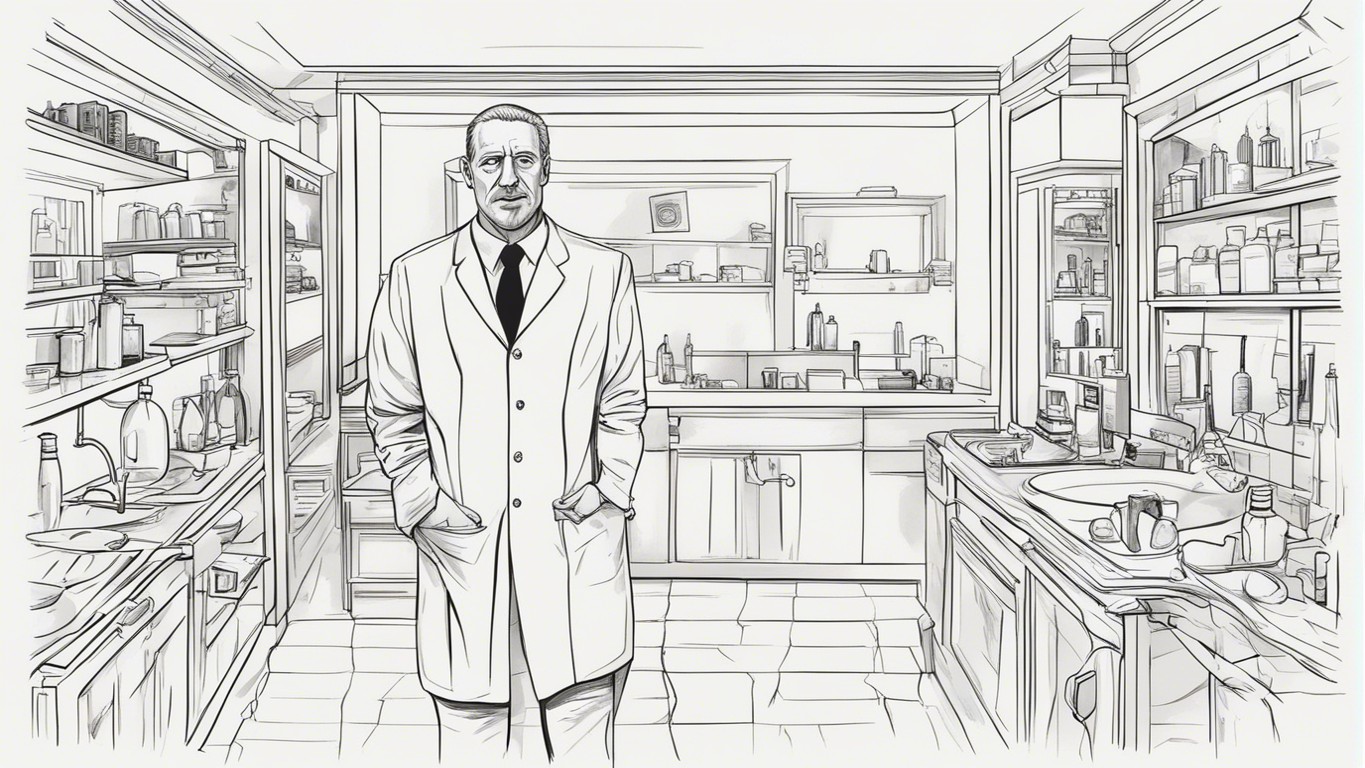The Acid Test of Evil
John Haigh’s case defies conventional criminal profiles. Dr. Scott Bonn, a criminology expert, labeled Haigh as, “A manifestation of sadistic pleasure and financial greed.” Expanding on this assessment, Dr. Jane Carter Woodrow elaborates in her book “The Acid Bath Murders,” that “Haigh had a pathological need to kill and dissolve; it wasn’t just about the money. His was a compulsion as strong as any addiction.”
A Troubling Upbringing
John Haigh was born in Stamford, Lincolnshire, in 1909, to a deeply religious family. His upbringing involved strict religious teachings which he rebelled against. Haigh’s early life was marred by isolation and religious fanaticism, factors he would later leverage during his trial. The Independent, citing historical records, reports that, “Haigh’s childhood was a strange mixture of extreme religious fervor and isolation, a perfect cocktail for brewing a disturbed personality.”
Method of Murder
Haigh’s modus operandi was uniquely disturbing. He would befriend his victims, shoot them, and then use sulfuric acid to dispose of their bodies. Geoffrey Wansell’s book “Pure Evil” highlights the technical aspects, saying, “John Haigh wasn’t just a murderer; he was an experimenter in human dissolution. His precision in measuring acid quantities was eerily meticulous.”
Legal Intricacies and the Arrest
Haigh operated under the mistaken belief that a murder conviction required a body—corpus delicti. This fallacy was his undoing. The Times, in a retrospective, stated, “Haigh had an erroneous understanding of corpus delicti—the body of evidence required for a murder charge. It was his ultimate downfall.” His arrest was facilitated when police discovered personal items such as dentures and gallstones which had not dissolved in acid. Dr. Keith Simpson, the forensic pathologist on the case, was quoted saying, “His mastery of chemistry failed him when it came to the undissolvable objects. These were the clues that led us to him.”
Trial and Aftermath
Haigh’s trial began on July 18, 1949. He pleaded not guilty by reason of insanity, using his early life and religious upbringing as evidence. Despite this, he was found guilty of six murders and sentenced to death. The Daily Express, commenting after the trial, noted, “Haigh’s trial provides a textbook example of how even a man who thinks he’s legally invincible can be brought to justice. His gallows fate was sealed the moment the jury rejected his insanity plea.”
Long-Lasting Impacts
The case had a significant impact on British jurisprudence and has been analyzed in multiple legal studies. Alan Hynd, in his book “Murder, Mayhem, and More,” points out that “Haigh’s misguided notion of corpus delicti is now a legal anecdote taught to every law student.” The BBC in a documentary also reflected that “Haigh’s case is cited in nearly every law curriculum in the UK.”
A Dark Legacy
Beyond the legal implications, Haigh’s crimes continue to haunt the British collective memory. Dr. Harold Shipman, a historian specializing in criminal justice, encapsulates this sentiment in his paper, “Haigh’s legacy is one that not only resonates in legal circles but also haunts the collective memory of Britain. His acts are among those that people can neither understand nor forget.”
With detailed investigations, first-hand accounts, and academic perspectives, the story of John Haigh continues to fascinate and horrify those who delve into the mind of this criminal. His case serves as a grim reminder that intellectual capability can be weaponized in the most terrible ways.
